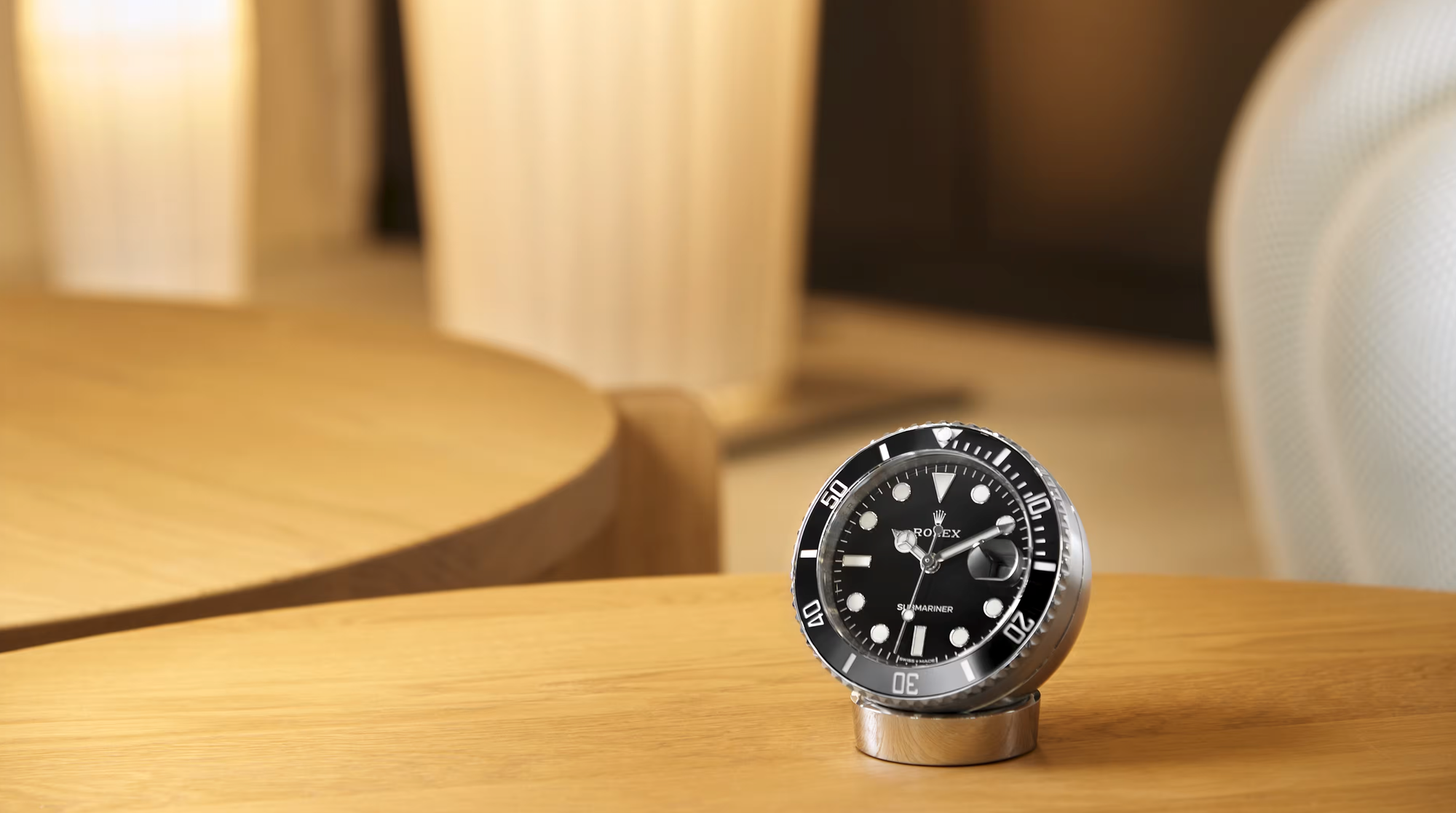Quick Impressions: Week of November 2nd
Quick Impressions is our fast take series on products that catch the eye and spark an idea. No deep dives, just sharp looks and smart insights into what makes them stand out.

This is Quick Impressions
Sometimes, a product just stops us mid-scroll. We might not have the time to unpack it fully, but it still earns a closer look.
That’s what Quick Impressions is for. Fast takes on the finds that stand out. Each one gets a brief look and a single marketing insight that makes it worth remembering.
Below are this week’s Quick Impressions.
Theon Design’s Ice Green 911 Rewrites What “Custom” Should Mean

Theon Design’s latest commission, the GBR006, takes the Porsche 964 restomod formula and gives it a distinctly British soul. Instead of chasing racetrack perfection, the Oxfordshire builders engineered the 407-horsepower flat-six coupe for real-world driving. Every component, from semi-active dampers to carbon-Kevlar bodywork, was tuned for the winding, uneven B-roads of England, not the Nürburgring.
Insight (Brand Positioning & Design Language):
Theon positions itself as the craftsman’s restomod. Performance is born from restraint and usability. Its design language borrows Porsche’s timeless simplicity and layers it with engineering refinement, not excess. Where most restomods flex horsepower, Theon celebrates the art of control. It’s nostalgia rebuilt for the road, not the museum.
Would you rather own a car made for the road or one built to impress the track?
Affinity by Canva Wants to Redefine ‘Free’
Canva
Affinity has officially been absorbed into Canva’s ecosystem, emerging as a single, all-in-one creative app for photo editing, vector design, and page layout. It’s sleek, fast, and “free forever,” at least for now. The move marks the end of Affinity’s indie era, where designers paid once and owned their tools outright. Now the platform is shifting toward Canva’s connected, AI-driven universe.
This relaunch is a carefully staged migration. Canva is guiding Affinity’s loyal base from independence to integration, easing them through the shift with language of freedom and customization. The promise of “no cost” builds trust, while AI integration becomes the bridge to a future subscription model. It’s a journey from ownership to ecosystem, wrapped in the design of convenience.
Would you trust “free” software from a company built on subscriptions?

Rolex Turns the Submariner Into a Status Symbol for Your Desk

Rolex has unveiled the Submariner Desk Clock, an 80mm stainless steel showpiece that borrows every visual cue from its legendary dive watch. It features a new Swiss quartz movement with a secular calendar, a Cerachrom bezel, and sapphire crystal, all for $10,270. It doesn’t dive, and it doesn’t need to. It sits, gleams, and reminds its owner what precision looks like.
This release isn’t about selling clocks. It’s about expanding the Rolex ecosystem into lifestyle objects that let owners live inside the brand. The clock mirrors the Submariner’s aura: engineering as art, utility elevated into ritual. By taking a professional-grade tool and reimagining it for the boardroom, Rolex reinforces what it has always sold best: mastery, permanence, and belonging to a world where even waiting for the hour feels luxurious.
Would you buy a tool built to remind you you’ve already arrived?

L.A.B. Golf OZ.1i Finds Balance Between Art and Engineering
L.A.B. Golf
The L.A.B. Golf OZ.1i is a new kind of tour-inspired mallet that trades marketing gimmicks for measurable performance. Co-developed with Adam Scott, the putter draws design inspiration from a 2021 German sports car and one of golf’s most iconic mallets, blending automotive precision with putting feel. Its real breakthrough lies beneath the surface, where L.A.B.’s Lie Angle Balance technology delivers a perfectly stable stroke that rolls straight every time.
While other putter brands chase forgiveness through bulk and face tech, L.A.B. sells trust through physics. Every OZ.1i is engineered to remove torque, leaving nothing between the golfer and the roll. This is performance stripped to its essentials: shape, balance, and confidence. It’s what happens when design stops chasing hype and starts listening to impact.
Would you trust a putter that knows your stroke better than you do?

Montgomery Distillery Blends Montana Grit with Italian Ritual

Montgomery Distillery’s new release, B’Amaro, might be the first bourbon-based amaro in the world. Built on their wheated “Mama Tried” bourbon and infused with botanicals, citrus, and demerara sugar, it merges two drinking traditions that rarely meet: the American barrel and the Italian bitter.
B’Amaro’s move is both smart and subversive. It gives bourbon drinkers a bridge to aperitif culture and offers amaro fans a deeper, warmer base to explore. The product feels less like a cocktail ingredient and more like a conversation between styles, flavors, and drinking rituals. Montgomery isn’t chasing trends; they are stitching together the kind of hybrid spirit that belongs on both a Montana porch and a Milan bar.
Would you drink tradition if it came with a twist of rebellion?








